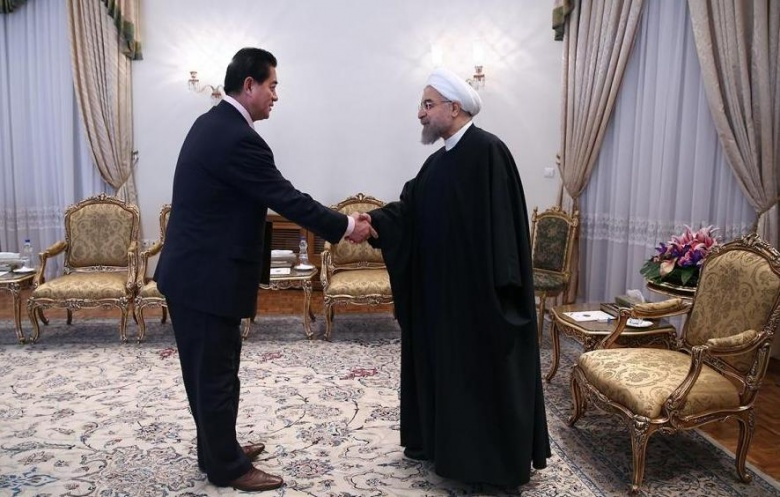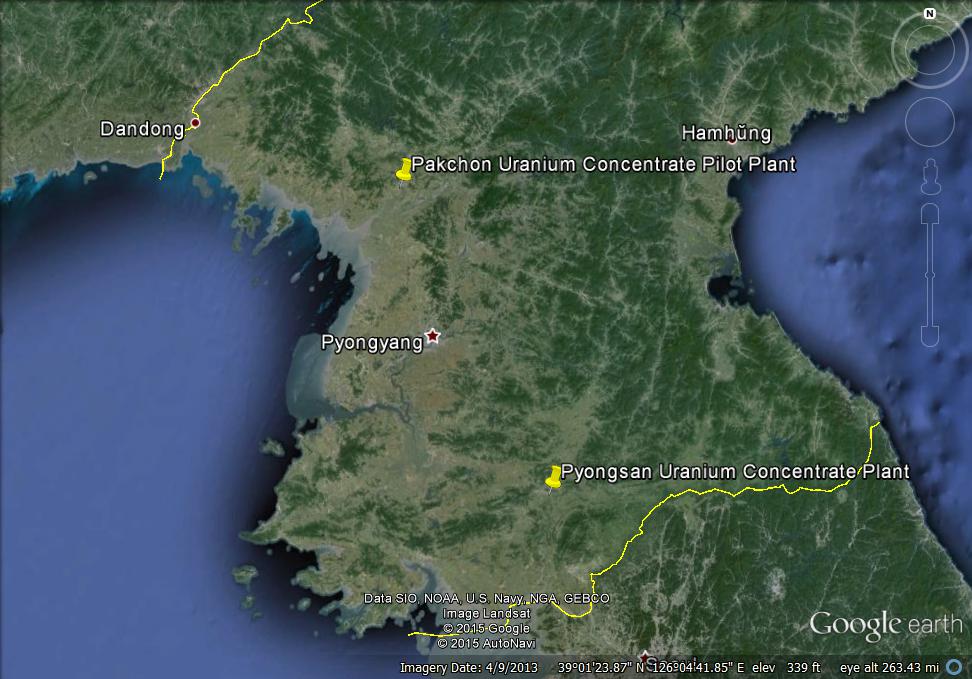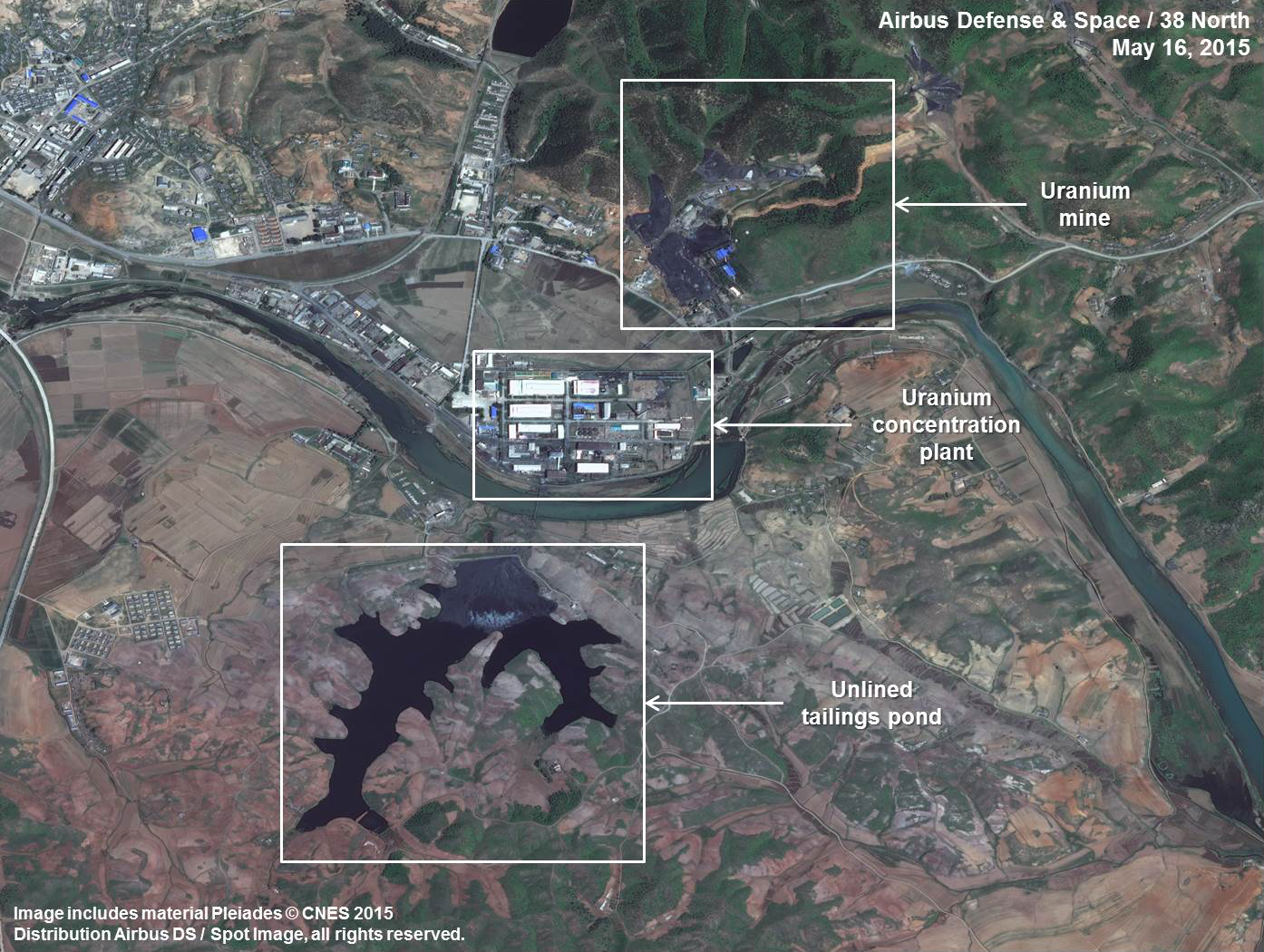It must have been some waivers that government officials signed that allowed renewed trade with Iran despite no trade under the Bush Administration and in most cases going back to the Carter administration.
Full details on lifted sanctions with Iran is found here.
The exception for the waiver appears to be under the guise of ‘humanitarian reasons’. So exactly how would Marlboro/Philip Morris or Coca Cola exactly be allowed for humanitarian reasons? I don’t know either but read on….the story gets worse.

U.S. Boosts Trade to Iran, Despite Sanctions
WSJ:
The Standard Chartered affair has laid bare a transatlantic rift between the U.S. and Europe over Iran sanctions.
U.K.-listed bank Standard Chartered agreed Tuesday to pay a $340 million sum to a New York regulator to settle allegations it broke U.S. money-laundering laws in handling Iranian customers’ transactions.
The allegations, which were made public by the New York state Department of Financial Services last week, led some U.K. political figures to accuse the regulator of seeking to undermine London as a financial center.
Now there are more grumblings this side of the pond as European companies realize they suffer more from recent Iran restrictions than their U.S. counterparts–and that such advantage may stem in part from better corporate access to decision-makers in Washington than in Brussels.
The Wall Street Journal reported Thursday morning that U.S. exports to Iran were increasing despite mounting enmity between both sides, while European Union exports to Tehran were falling.
Oral-B mouth wash, made by Procter & Gamble Co. of Cincinnati, Ohio, is still on display at local corner shops in Iran—the company confirms it still sells to Iran legally. Coca-Cola Co.’s Coke soft drink is sold in cafes and supermarkets. The Atlanta-based multinational says its syrup is still being legally exported to Iran and bottled by Khoshgovar Co., whose commercial manager Valid Nejati confirmed the information. “There have been no issues” with receiving payments, a Coca-Cola spokesman said.

To be sure, the penalties enforced against European banks for breaching sanctions on Iran were not focused on trade in foodstuffs, as a U.S Treasury official points out.
But European companies say their banks are increasingly refusing to handle letters of credit because they fear they could run into trouble in the U.S. because financial sanctions there have become so complex.
By contrast, the growth of U.S. sales to Iran largely stems from a decision in October to replace the previous cumbersome approval process with a blanket license for non-sanctioned food items, says Michael Burton, a Washington-based sanctions lawyer at Arent Fox.
While some European cereal traders say they can’t find banks to issue letters of credit for Iran, the U.S. this year restarted wheat exports to the Islamic Republic after a two-year gap.
As of last year, the vast majority of U.S. goods were medical preparations or equipment—31%– , pulpwood and woodpulp—25% and agricultural goods and food–17%
But U.S. permits even extend to goods such as cigarettes, though they are not covered by the blanket license and are subject to more stringent control than foodstuffs.
In April, Philip Morris International Inc. obtained a specific licence from the U.S. Treasury, “to sell cigarettes to customers for import into Iran,” a spokesman for the company said, although it has yet to make use of the authorization.
But expect no miracle to explain why Iranians may be allowed to buy Marlboros but not drive the new Peugeot in the future. To put it simply: when it comes to pleading its case with decision-makers, Corporate America does it better.
Mr. Burton also said U.S. companies benefit from well established channels in Washington to plead for sanctions exemptions, while their European peers, “don’t have the same mechanism to lobby the EU bureaucracy.”
For instance, Washington-based lobby group USA*Engage has successfully campaigned for the extension of a humanitarian exemption for food, agricultural products and medical goods from Iran sanctions.
Richard Sawaya, the director of USA* Engage, said “we have been in perpetual conversation with lawmakers and the Treasury,” on keeping the exemption. The primary aim of USA*Engage is humanitarian, but it can also benefit U.S. companies, Mr. Sawaya said, adding its focusis not limited to Iran.
USA*Engage is an offshoot of the Washington-based National Foreign Trade Council, whose board includes Procter & Gamble. More reading here.
*** Don’t go away yet…now due to the Iran deal concluded, the United States is on the hook to help Iran sell its oil.
Washington, 7 August (Argus) — The US administration is taking steps to ensure that Tehran’s oil customers can continue to purchase Iranian crude during an interim period before a nuclear agreement can be fully implemented and sanctions lifted.
The US Treasury and State departments late today issued guidance for how they will handle Iranian oil and petrochemical exports in the wake of a 14 July agreement the US and its P5 + 1 negotiating partners reached with Tehran. That accord swaps sanctions relief for nuclear concessions.

During the nuclear negotiations, Iran’s oil exports have been limited to 1mn-1.1mn b/d, down from 2.5mn b/d before the sanctions were imposed in 2012. Six countries — China, India, Japan, South Korea, Taiwan and Turkey — buy oil from Iran.
Under US law, President Barack Obama is authorized to impose sanctions on banks in countries that refuse to reduce their purchases of Iranian oil significantly. The US is pledging not to impose sanctions on financial institutions in those countries. And the US will not target non-US companies that help facilitate those purchases.
Obama on 5 August questioned the feasibility of trying to cut Beijing off from the US financial system, since the Chinese “happen to be major purchasers of our debt.” He warned such an effort “could trigger severe disruptions in our economy” and raise questions about the dollar’s role as the world’s reserve currency.
The US also will allow 14 companies to export petrochemicals from Iran. US administration officials estimate it will take six to nine months before compliance with the nuclear provisions can be assured and sanctions can be lifted.

The Republican-controlled Congress is scheduled to vote by 17 September on a resolution of disapproval to demonstrate their unhappiness with the nuclear agreement. That measure is likely to pass, prompting President Barack Obama to veto the resolution. Obama will need 34 Democrats in the Senate or a third of the House of Representatives to sustain his veto.
But Obama is suffering Democratic defections. Yesterday, New York senator Charles Schumer, who in 2017 is expected to become the Democrats’ new leader in the Senate, said yesterday he will oppose the deal.
Iran produced 2.88mn b/d in July, up from 2.85mn b/d in June, making it Opec’s third largest oil producer. Iranian officials have said repeatedly their oil sector needs $150bn-$200bn in new investment. US officials estimate






